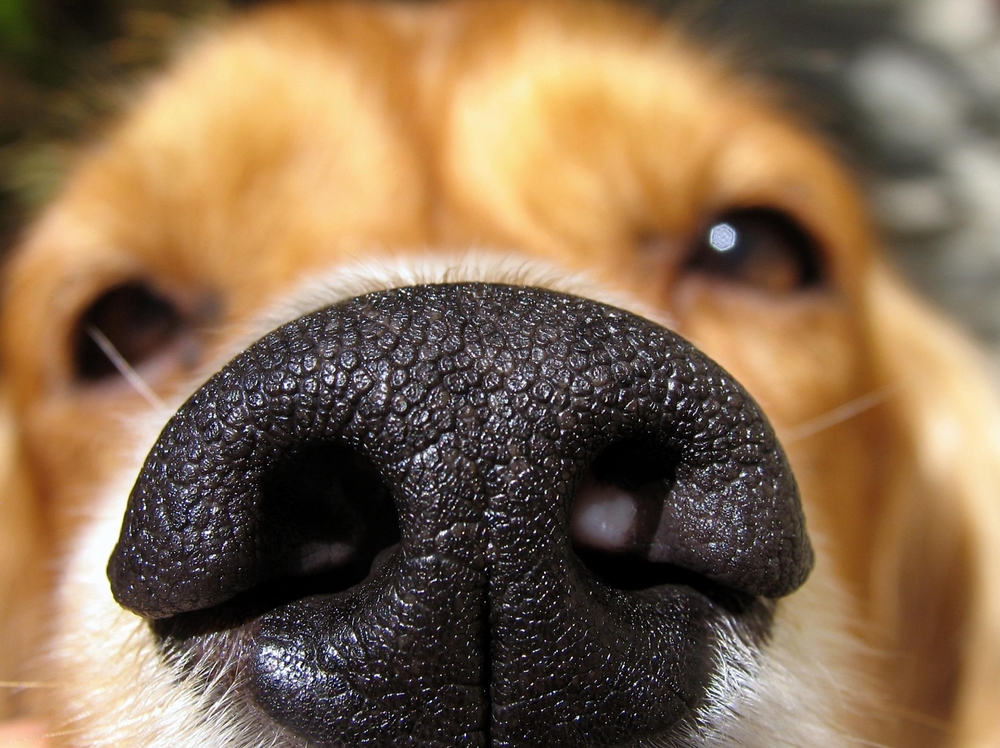Dogs are beloved companions known for their loyalty, intelligence, and emotional connection with humans. However, not all dog breeds enjoy long lives. Lifespan varies significantly across breeds, influenced by size, genetics, health predispositions, and breeding practices. While some dogs live well into their teens, others may only have a lifespan of 6 to 10 years. This article explores 12 dog breeds with the shortest lifespans, detailing the average age range and the reasons for their shorter lives.
1. Dogue de Bordeaux

The Dogue de Bordeaux, also known as the French Mastiff, is a massive breed recognized for its strength, loyalty, and protective nature. Unfortunately, it also has one of the shortest lifespans among all dog breeds. Most Dogues de Bordeaux live between 5 and 8 years. The breed is prone to several health problems including heart disease, hip dysplasia, and cancer. Their large size places stress on their organs and joints, accelerating aging and contributing to their shorter lives.
2. Bernese Mountain Dog

The Bernese Mountain Dog is a gentle giant loved for its calm temperament and striking tricolor coat. Originally bred for farm work in Switzerland, this breed is known to be excellent with children and families. Despite its good nature, the average lifespan of a Bernese Mountain Dog is only 6 to 8 years. Cancer is the most common cause of death in the breed, particularly malignant histiocytosis. Hip and elbow dysplasia are also prevalent, contributing to mobility issues as they age.
3. Great Dane
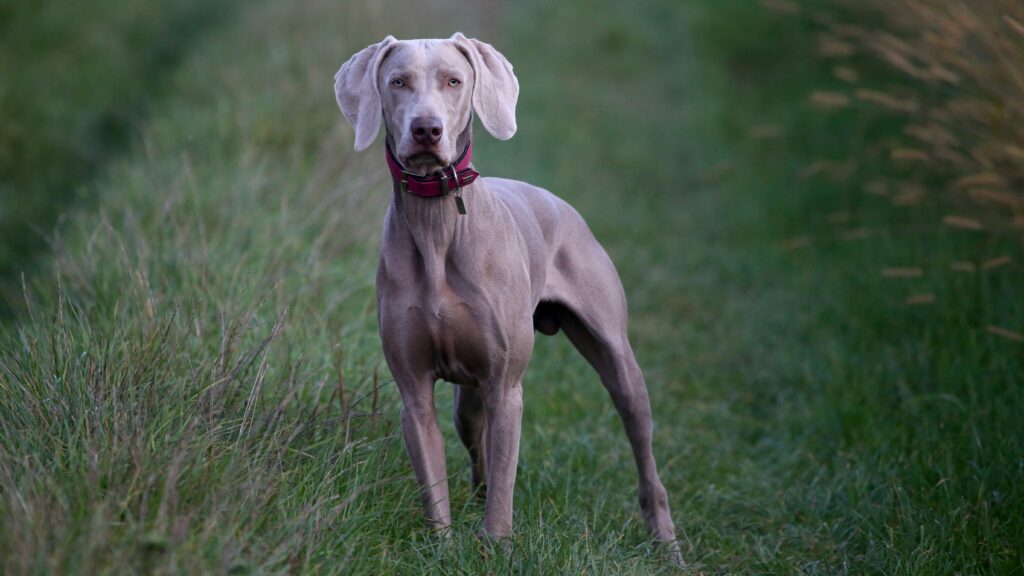
The Great Dane is often called the “Apollo of dogs” because of its impressive height and majestic stature. Despite its commanding presence, the breed is gentle and affectionate. However, Great Danes have a notably short lifespan of 6 to 10 years. Their size contributes to rapid aging, and they are at high risk for several serious conditions such as dilated cardiomyopathy, gastric torsion, and bone cancer. Responsible breeding and attentive healthcare can sometimes extend their life slightly, but the breed remains one of the shortest-lived.
4. Irish Wolfhound
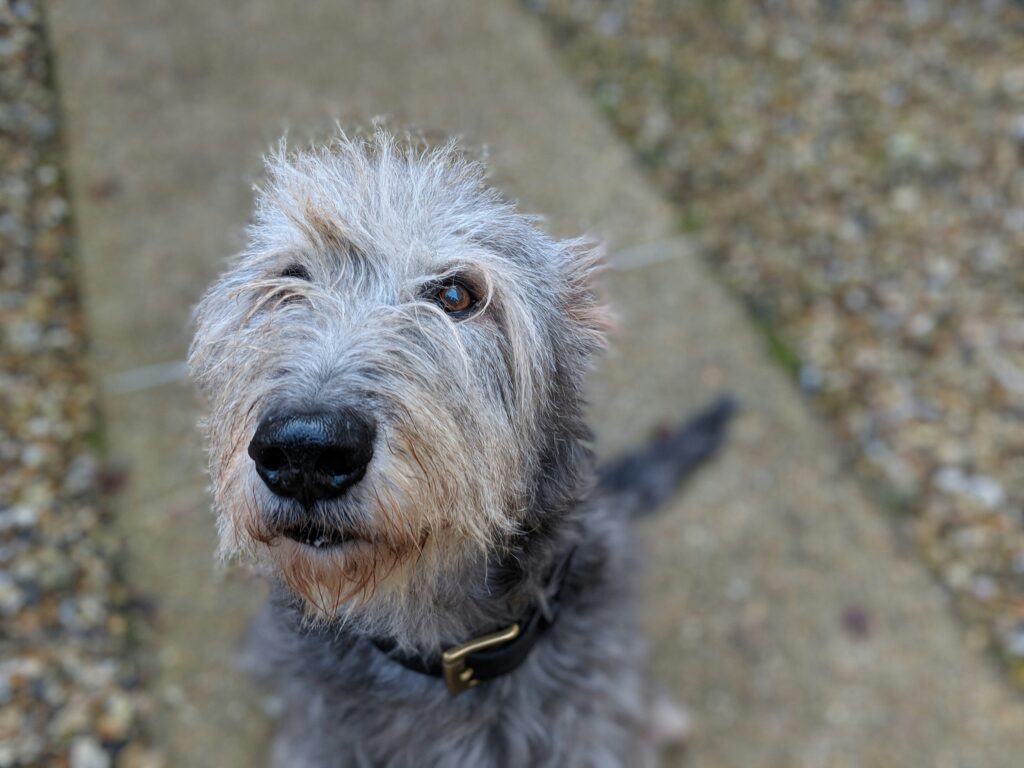
The Irish Wolfhound is among the tallest dog breeds and was historically used for hunting wolves and other large game. Though elegant and dignified, Irish Wolfhounds typically live only 6 to 8 years. Like many giant breeds, they age quickly and are susceptible to heart conditions such as cardiomyopathy, as well as bone cancer and hip dysplasia. Their size and weight strain their cardiovascular and skeletal systems, shortening their overall lifespan.
5. Neapolitan Mastiff
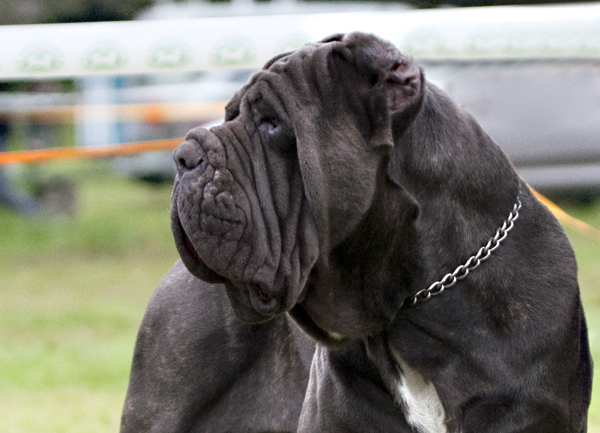
Neapolitan Mastiffs are known for their distinctive loose skin and massive frame. Originally bred in Italy for guarding property and families, these dogs are powerful and loyal. Their average lifespan is 7 to 9 years. Common health issues include joint disorders, particularly hip and elbow dysplasia, as well as heart disease and bloat. Their size and relatively sedentary lifestyle also contribute to obesity, which further complicates their health outlook.
6. Saint Bernard
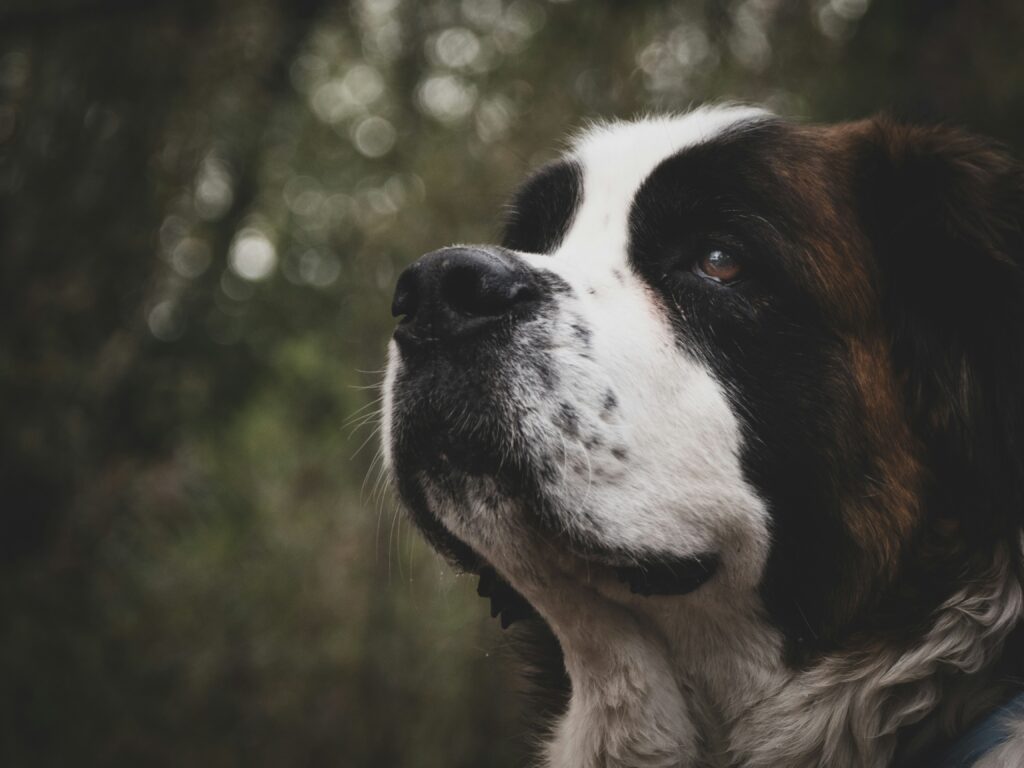
Famous for rescue work in the Swiss Alps, Saint Bernards are gentle, friendly, and strong. They are well-suited for family life but unfortunately tend to live only about 8 to 10 years. Like many large breeds, they are prone to hip dysplasia, heart conditions, and certain types of cancer. Their rapid growth rate in puppyhood puts stress on their joints and muscles, which can lead to early-onset arthritis and other musculoskeletal problems.
7. Bullmastiff
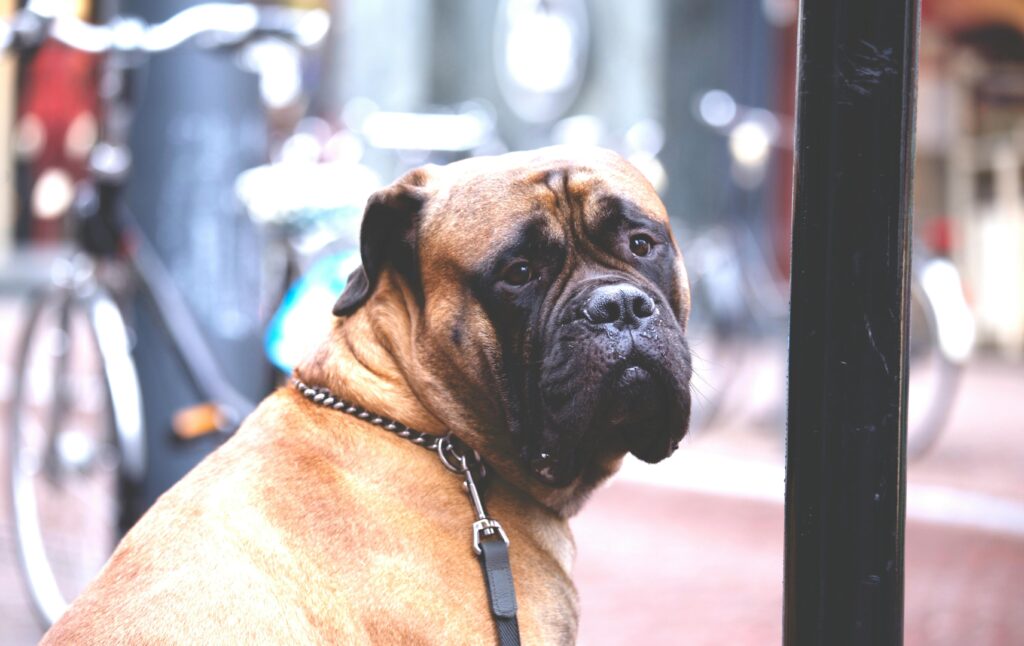
Bullmastiffs are strong and alert dogs originally bred to guard estates from intruders. Their combination of strength and loyalty makes them excellent protectors and companions. However, their lifespan is relatively short, averaging 7 to 9 years. These dogs are prone to heart issues, bloat, and various cancers, particularly lymphoma and hemangiosarcoma. Their large, heavy build also contributes to hip and elbow dysplasia.
8. Rottweiler
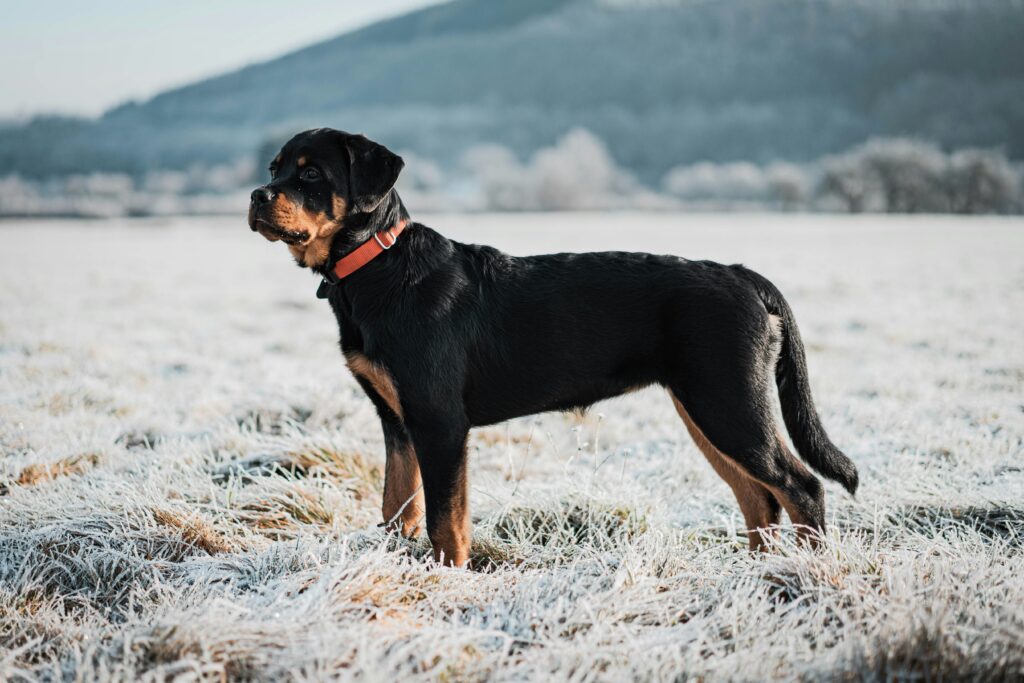
Rottweilers are confident, intelligent dogs with a long history of guarding and herding. While they are often misunderstood, well-socialized Rottweilers are affectionate and obedient. Their lifespan, unfortunately, is between 8 and 10 years. Rottweilers are susceptible to osteosarcoma, a particularly aggressive bone cancer, and have a higher incidence of heart problems and joint diseases. Maintaining a healthy weight and proper exercise can help mitigate some risks, but the breed’s genetics play a dominant role.
9. Newfoundland
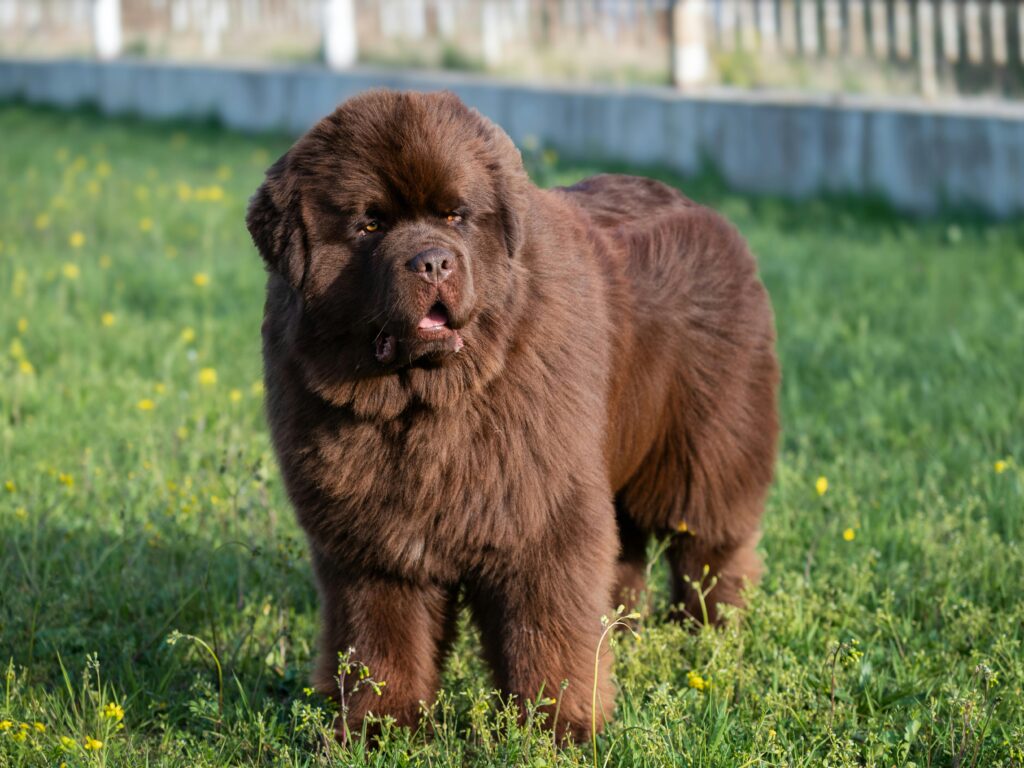
The Newfoundland is a large working dog known for its calm demeanor and excellent swimming abilities. Often called a gentle giant, this breed is great with children and is frequently used in water rescue operations. Newfoundlands typically live between 8 and 10 years. Common health concerns include subvalvular aortic stenosis, hip dysplasia, and cystinuria, a condition that leads to kidney stones. Their large size and heavy coat also make them less tolerant of heat, requiring extra care in warmer climates.
Read More: Science Shows That Women Sleep Better Next To Dogs Than Men
10. Greater Swiss Mountain Dog
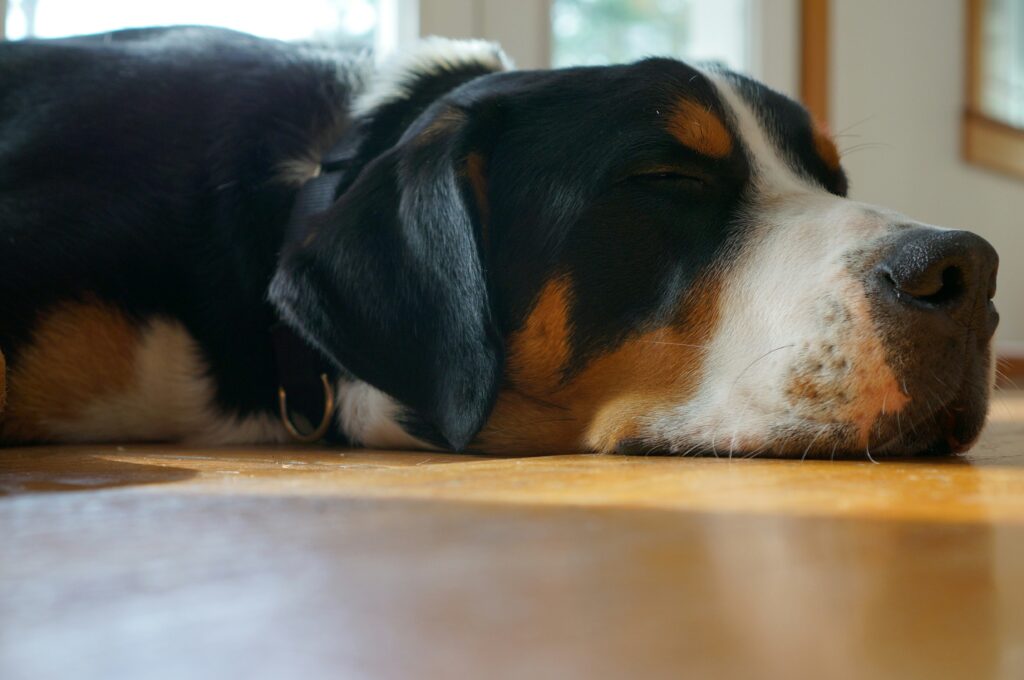
Closely related to the Bernese Mountain Dog, the Greater Swiss Mountain Dog is a large, muscular breed originally used for pulling carts and herding livestock. Despite being robust and energetic, they have a lifespan of just 8 to 10 years. Health problems include hip dysplasia, epilepsy, and bloat. Their rapid growth in early life contributes to joint issues later on. Like other large breeds, they require regular vet checkups to monitor for conditions that may reduce their already limited lifespan.
11. Cane Corso
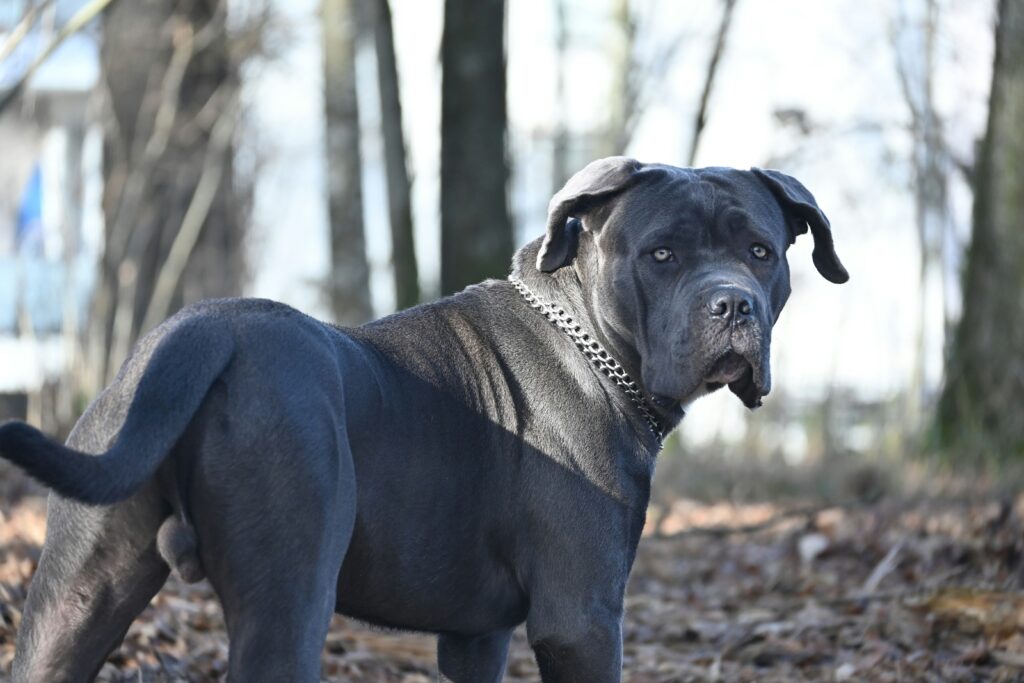
The Cane Corso is an Italian mastiff breed known for its protective instincts and loyalty. Bred for guarding and hunting large game, these dogs are intelligent and assertive. Their average lifespan ranges from 9 to 11 years, which is relatively short compared to smaller breeds. Major health concerns include hip dysplasia, entropion, and heart disease. Their muscular build and high energy levels demand regular exercise, and neglect can lead to obesity and related complications.
12. English Bulldog

Despite being a medium-sized breed, the English Bulldog has one of the shortest lifespans for its size, typically living 8 to 10 years. Bulldogs are beloved for their wrinkled faces and gentle disposition, but they suffer from numerous health issues. These include brachycephalic syndrome due to their flat faces, joint problems like hip dysplasia, and heart conditions. Bulldogs are also prone to obesity, which exacerbates their existing health problems. Poor breeding practices aimed at exaggerating their appearance have further compromised the breed’s health.
Read More: Sanctuary Owner Builds ‘Dog Train’ To Take Disabled Dogs On The Walks They Deserve
Conclusion

While the shorter lifespans of these breeds can be discouraging, awareness is the first step toward responsible ownership. By understanding the genetic predispositions and specific care requirements of each breed, potential dog owners can make informed choices. Proper nutrition, regular veterinary care, early health screening, and attentive exercise regimens can improve both the quality and sometimes the length of life for these dogs. Choosing a breed should always involve consideration of not just aesthetics or temperament, but also health and longevity. Those who commit to these breeds despite their shorter lifespans often find the companionship and loyalty they provide to be deeply rewarding.
Disclaimer: This article was created with AI assistance and edited by a human for accuracy and clarity.
